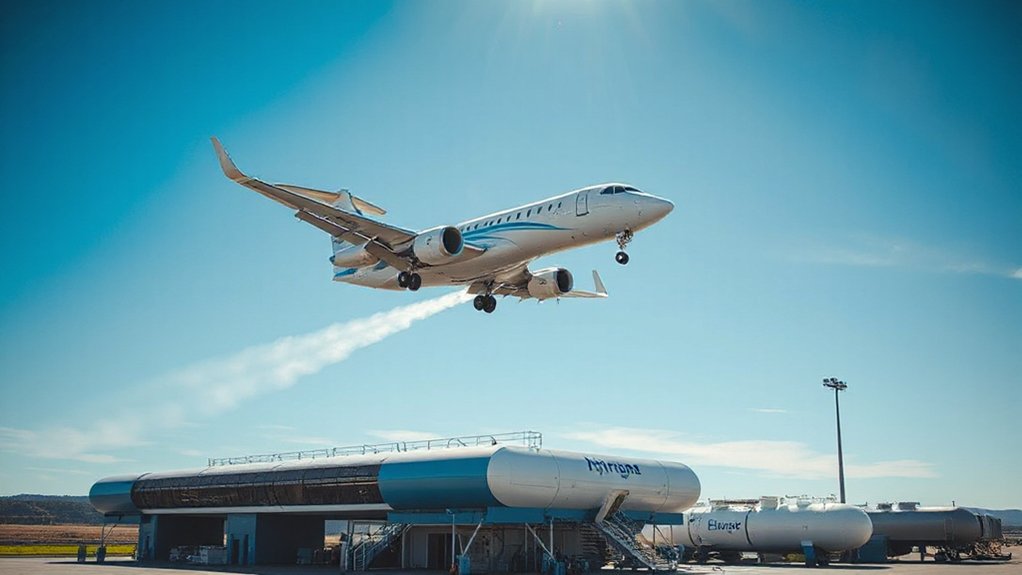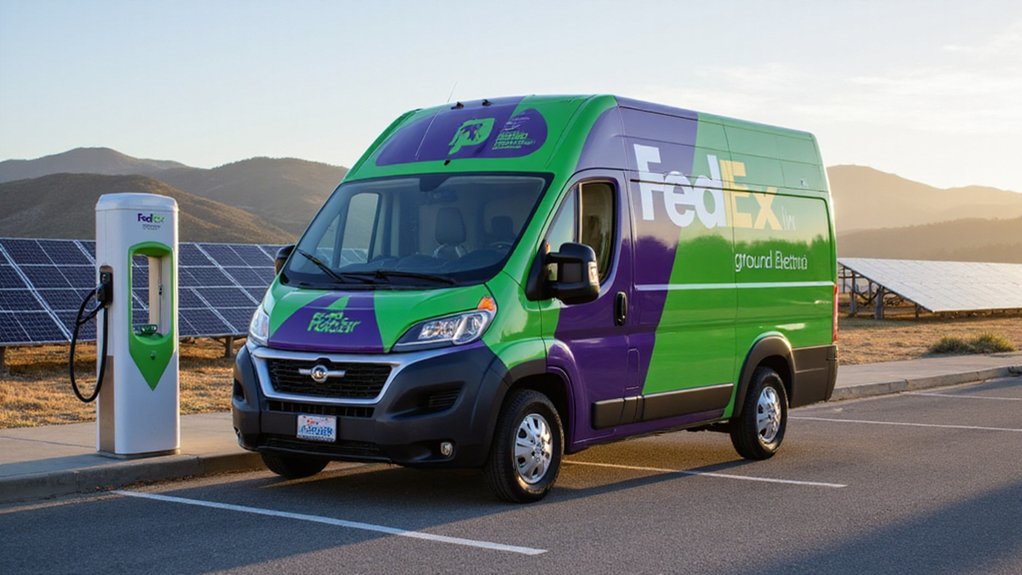Several groundbreaking test flights have just changed the game for zero-emission aviation. The HY4 hydrogen-electric aircraft recently completed four successful liquid hydrogen-powered flights in Slovenia, including one that lasted over three hours. That’s not just impressive. It’s revolutionary.
The aviation industry has been messing around with hydrogen for decades. Back in 1957, “Project Bee” modified a Martin B-57 bomber to switch from jet fuel to hydrogen mid-flight. The Soviets got in on the action with their Tupolev Tu-155 in 1988. But these were just experiments. Nothing stuck.
Fast forward to 2023. Project HEAVEN, a European consortium led by H2FLY, has demonstrated that cryogenic liquid hydrogen is actually viable for real-world flight. No small feat. The physics have always been challenging – liquid hydrogen must be stored at ridiculously cold temperatures in specially designed tanks.
Liquid hydrogen flight isn’t just theoretical anymore—H2FLY proved it works, despite needing tanks that can handle temperatures cold enough to freeze air solid.
These tanks are no joke. They require vacuum jacketing, multilayer insulation, and helium pressurization systems. Engineers discovered the hard way that fuel system mass is way higher than initially thought – nearly 1900 pounds for high-altitude aircraft. Yeah, not exactly lightweight.
But the benefits? Massive. Liquid hydrogen offers twice the range of gaseous hydrogen. The HY4 doubled its range from 750 km to 1,500 km after making the switch. Zero carbon emissions at the point of use. None. Zilch. The environmental advantage stems from hydrogen burning cleanly, producing only water vapor and heat rather than carbon emissions. Like geothermal energy, hydrogen-powered flight represents a sustainable alternative that could dramatically reduce aviation’s environmental impact.
Airbus has taken notice. They’re aiming to produce the world’s first commercial hydrogen-powered airplane by 2035. Bold claim, but the technical foundation is finally there.
The infrastructure hurdles remain enormous. Airports will need completely new systems for hydrogen storage, distribution, and fueling. And let’s be honest – that’s going to cost a fortune.
Still, for the first time, hydrogen-powered flight looks less like science fiction and more like our inevitable future. H2FLY plans to open the Hydrogen Aviation Center at Stuttgart Airport in 2024 to accelerate this promising technology. Aviation’s carbon legacy might finally have an expiration date. About time.
References
- https://brelje.net/blog/hydrogen-powered-aviation-part-one-history/
- https://www.youtube.com/watch?v=xBolXOaKaVY
- https://www.h2fly.de/2023/09/07/h2fly-and-partners-complete-worlds-first-piloted-flight-of-liquid-hydrogen-powered-electric-aircraft/
- https://www.pipistrel-aircraft.com/heaven-project-completes-worlds-first-piloted-flight-of-liquid-hydrogen-powered-electric-aircraft/
- https://www.weforum.org/videos/this-is-the-first-piloted-flight-of-an-electric-aircraft-fuelled-by-liquid-hydrogen/
- https://ntrs.nasa.gov/api/citations/20090013674/downloads/20090013674.pdf
- https://www.boeing.com/content/dam/boeing/boeingdotcom/principles/sustainability/assets/pdf/Hydrogen_Factsheet.pdf
- https://en.wikipedia.org/wiki/Tupolev_Tu-155








